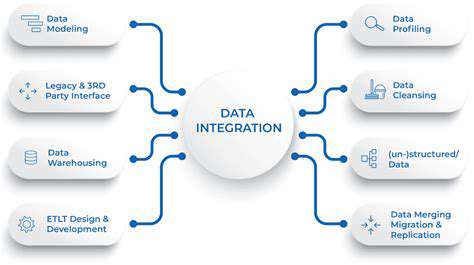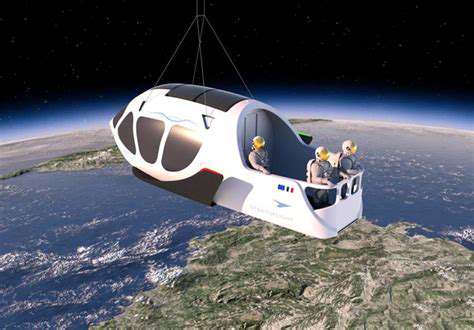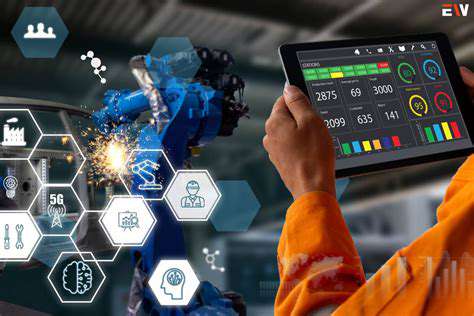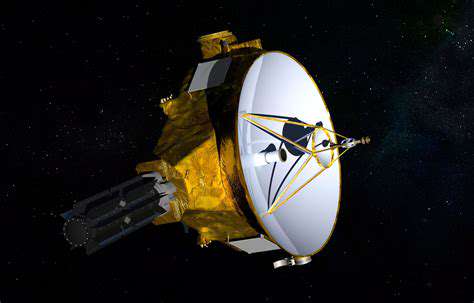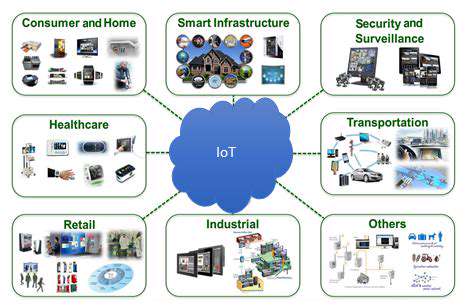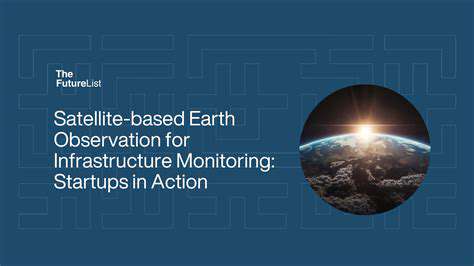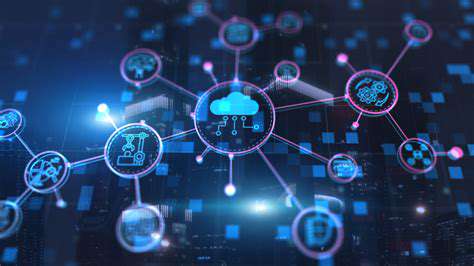A Timeline of Lunar Eruptions: From Early to Late
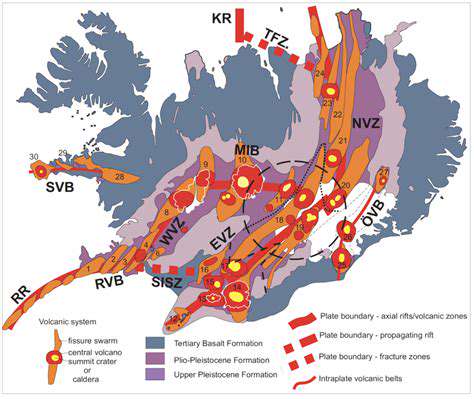
Early Lunar Eruptions (3.8-3.1 billion years ago)
The early lunar eruptions, occurring between 3.8 and 3.1 billion years ago, represent a period of intense volcanic activity on the Moon. These eruptions played a crucial role in shaping the lunar surface, leaving behind vast lava plains known as maria. These eruptions were characterized by a high volume of basaltic lava flows, which flooded vast areas, creating the distinctive dark patches visible from Earth. This period witnessed the formation of some of the largest impact basins, and the subsequent flooding by lava significantly altered the landscape.
The composition of the lava during this era likely differed from later eruptions, reflecting the evolving internal structure of the Moon. Understanding these compositional variations is key to deciphering the lunar interior's evolution and thermal history. Scientists are actively studying the chemical signatures preserved in lunar samples to gain insights into the processes that drove these early eruptions and the conditions prevailing on the Moon at that time.
Mid-Lunar Eruptions (3.1-2.0 billion years ago)
The mid-lunar eruption period, spanning from 3.1 to 2.0 billion years ago, saw a gradual decrease in the intensity of volcanic activity. The volume of lava flows diminished compared to the earlier epochs, but eruptions continued in various locations across the lunar surface. This period marks a transition phase in lunar volcanism, where the rate of eruption slowed down, but the process wasn't entirely ceased. The lunar surface continued to experience the effects of these ongoing volcanic events.
Analysis of lunar samples collected during these eruptions provides crucial information about the lunar interior's cooling rate and the gradual depletion of the lunar magma ocean. The decrease in eruption rate is likely tied to the Moon's cooling, and the subsequent reduction in the amount of readily available molten material. Scientists are still working to understand the precise timing and distribution of these mid-period eruptions.
Late Lunar Eruptions (2.0 billion years ago - present)
The late lunar eruptions, beginning approximately 2 billion years ago and continuing, though at a significantly reduced rate, to the present day, represent the final phase of substantial lunar volcanism. These eruptions were primarily localized, concentrated in specific regions, and featured smaller-scale lava flows compared to the earlier periods. The decrease in activity reflects the ongoing cooling and solidifying of the lunar interior. This period is characterized by a noticeable decline in the overall volcanic output.
While the overall eruption rate is exceptionally low compared to earlier periods, the possibility of very small, localized eruptions cannot be ruled out. Further research into lunar seismic data and remote sensing observations is crucial to detect any current or very recent volcanic activity. Scientists are constantly monitoring the Moon for any signs of ongoing or future eruptions, hoping to gain further insights into the long-term evolution of the Moon's internal structure and activity.
It is important to note that the precise timing and characteristics of these late-stage eruptions are still being investigated. The continued study of lunar samples and data from space missions can provide a deeper understanding of the Moon's volcanic history and its implications for planetary evolution.
The study of these eruptions provides a valuable insight into the dynamic processes that shape planetary bodies over vast stretches of time. Further research is essential to fully understand the factors that controlled the timing, location, and nature of these eruptions.
The Impact of Lunar Volcanism on Understanding Planetary Evolution
Understanding the Formation and Evolution of Lunar Volcanic Features
Lunar volcanism, a crucial aspect of the Moon's geological history, provides invaluable insights into the processes that shaped planetary bodies. Examining the diverse range of lunar volcanic features, from vast lava plains to smaller, localized vents, reveals a dynamic history of magma generation, ascent, and eruption. Understanding the timing and frequency of these volcanic events is vital to reconstructing the thermal evolution of the Moon and its internal structure over billions of years. This process also helps us evaluate the potential for similar volcanic activity on other celestial bodies and understand the role of volcanism in planetary differentiation.
The study of lunar volcanic rocks, including their composition and mineralogy, offers a unique opportunity to explore the chemical and physical conditions present during magma formation and eruption. Analyzing these materials allows scientists to infer the composition of the lunar mantle, the source of the volcanic material, and the processes that led to the formation of different volcanic types. Such detailed analysis allows us to build a more comprehensive model of the Moon's internal structure and evolutionary history.
The Role of Lunar Volcanism in Planetary Formation
Lunar volcanism serves as a critical analog for understanding volcanic activity on other planetary bodies, including Mars, Venus, and potentially even exoplanets. By studying the Moon's volcanic history, we can develop models for the evolution of planetary interiors and the timing and frequency of volcanic events. This, in turn, provides insights into the potential for life-supporting environments on other planets. Understanding the processes that led to lunar volcanism can help us unravel the mysteries surrounding the formation and evolution of planets in general.
The formation of lunar maria, vast basaltic plains, is a prime example of the significant impact of lunar volcanism. These features, visible from Earth, offer a window into the Moon's past volcanic activity and the processes that shaped its surface. The study of these features and the associated volcanic rocks provides crucial information about the Moon's internal structure, thermal history, and the evolution of planetary surfaces throughout the solar system.
Furthermore, studying lunar volcanism can help refine our understanding of the processes that lead to the formation of planetary magnetic fields. The interaction between lunar volcanism and the lunar interior can potentially offer clues about the generation and preservation of planetary magnetic fields, a crucial factor in protecting atmospheres and potentially fostering environments suitable for life.
The age and extent of lunar volcanic activity provide valuable data for refining models of planetary thermal evolution, especially in the context of the early solar system. This includes understanding the thermal history of the Moon, its internal structure, and the role of radioactive decay in heating planetary interiors.
Comparing the Moon's volcanic history with that of other planetary bodies allows for a broader understanding of planetary evolution and the factors that contribute to the development of diverse geological features across the cosmos. This comparison can illuminate the interconnectedness of geological processes across the solar system and beyond.
The study of lunar volcanism is not just about understanding the Moon; it's about unraveling the fundamental processes that shape planetary bodies throughout the universe. Understanding these processes is crucial for understanding the formation and evolution of other planets and moons, and the potential for life on them.


